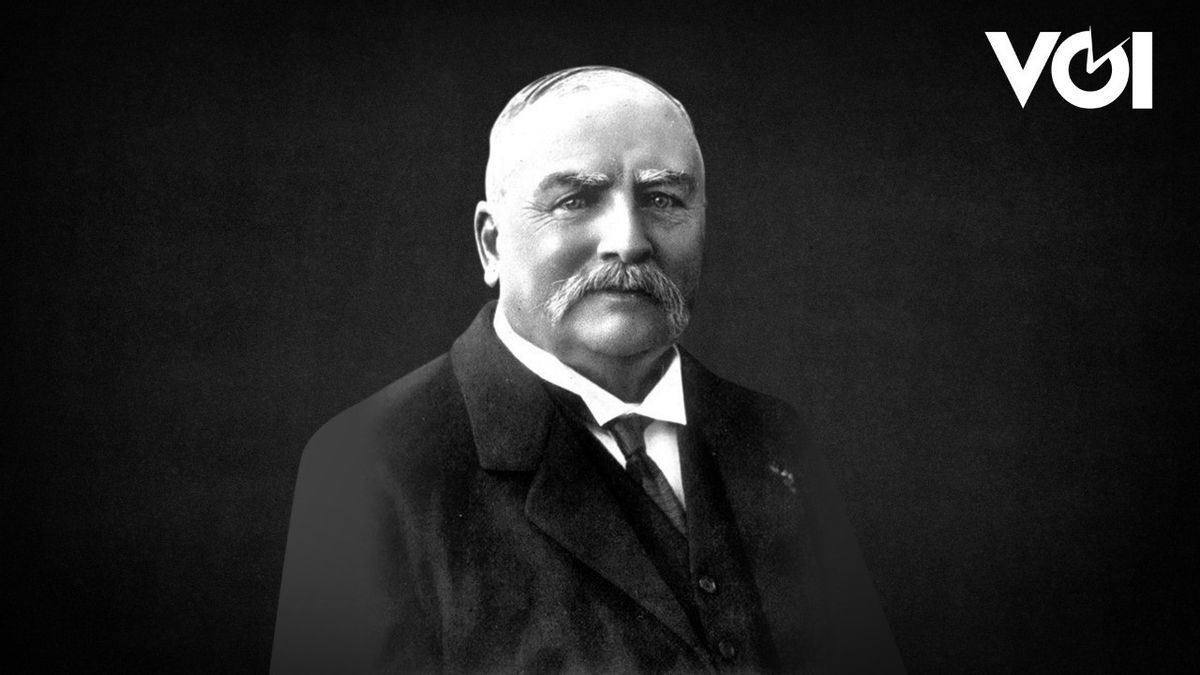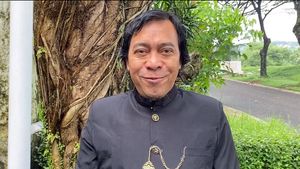JAKARTA - Unlike most Dutch entrepreneurs in the colonialism era who liked to amass wealth, Karel Albert Rudolf Bosscha was his antithesis. He was known as a pro-poor conglomerate. His wealth flows to society through science. Apart from building schools, he has also built laboratories that encourage the development of star science.
It all started when the Dutch East Indies Government issued the Agrarian Law in April 1870. This made businessmen flock to open plantation land, including Bosscha, a Dutchman of German descent, to expand the Malabar tea plantation business inherited from his cousin in the Pangalengan area, West Java.
The man who was born in The Hague, Netherlands on May 15, 1865, is a conglomerate. In the book All About Tea, it is explained that Bosscha is not only the owner of a tea plantation covering an area of Pangalengan District, but also the main pioneer of agricultural and other industrial companies, including the Bandoeng Electric Company and an explosives-making factory near Batavia.
Apart from the wide spread of tea plantations, Bosscha also controls the means of production by owning a processing factory. The freshly picked and fresh tea leaves can be processed immediately because the factory is located in the middle of the plantation. There is also a tower on Mount Nini which is used to monitor tea leaf picking and is also a place to rest.
The Pangelengan plateau, with its climate and soil that supports tea farming plus the cheap wages of the native people, make Bosscha reap big profits. Not to mention that the trend of consuming tea during the Prosperity period of 1890 made the demand for tea booming. This made his wealth even more abundant. But the kekayan didn't make him forget the land.
Quoting Bosscha.id, Bosscha is known as a generous figure by his workers. He established a school on the plantation, which is intended for children whose parents work in the garden. The name of the school is Vervoloog Malabar. The children who go to school there are free of charge.
It is hoped that these children will be able to study at the primary school level for four years. The elementary school is still standing today.
"KAR Bosscha, the king of tea, was one of the richest Dutchmen in the colony. Bosscha lives in his yard in Malabar, a hill near Bandung and Lembang, ”said Mrazek in Engineers of Happy Land: Technological Development and Nationalism in a Colony.
The existence of this tea plantation also absorbs labor from the surrounding community. When the plantation was opened, many people moved to plantation areas in order to find work. This led to the establishment of workers' villages around the plantations. Workers work Monday to Saturday, from 6am to late afternoon.
Bosscha ObservatoryBosscha is a generous entrepreneur who has a strong fascination with science. No wonder, because science parallels well-being.
In addition to establishing schools, Bosscha also participated in establishing the Bandoeng Technische Hogeschool or what is now known as the Bandung Institute of Technology (ITB). Bosscha contributed to the physics laboratory and became a sponsor of the Bandoeng Technische Hogeschool until the end of his life.
In addition, Bosscha has also pioneered the establishment of giant binoculars in Lembang which is now known as the Bosscha Observatory. The building was made in line with the wishes of the Dutch East Indies Government to develop astronomy or star science.
At the first meeting of the Nederlandsch-Indische Sterrenkundige Vereeniging or the Dutch East Indies star association, Bosscha agreed to be the main funder and provide assistance in purchasing binoculars. Together with his colleagues, Bosscha is trying to buy giant binoculars from Germany, which costs an exorbitant price.
It took about 5 years to build the observatory, from 1923 to 1928. The long construction process made Bosscha not able to enjoy the fruits of his hard work, because he died on November 26, 1928. This observation of the star is Bosscha's most important legacy because it encouraged the development of science in the Indies. -Netherlands.
After Bosscha died, this observatory was managed by NISV and succeeded in publishing its international publication in 1933. Long story short in 1951, NISV gave this observatory to the Indonesian government which until now is managed by ITB. It is one of his greatest legacies to the Indonesian people who have contributed to the development of science until now.
The English, Chinese, Japanese, Arabic, and French versions are automatically generated by the AI. So there may still be inaccuracies in translating, please always see Indonesian as our main language. (system supported by DigitalSiber.id)









